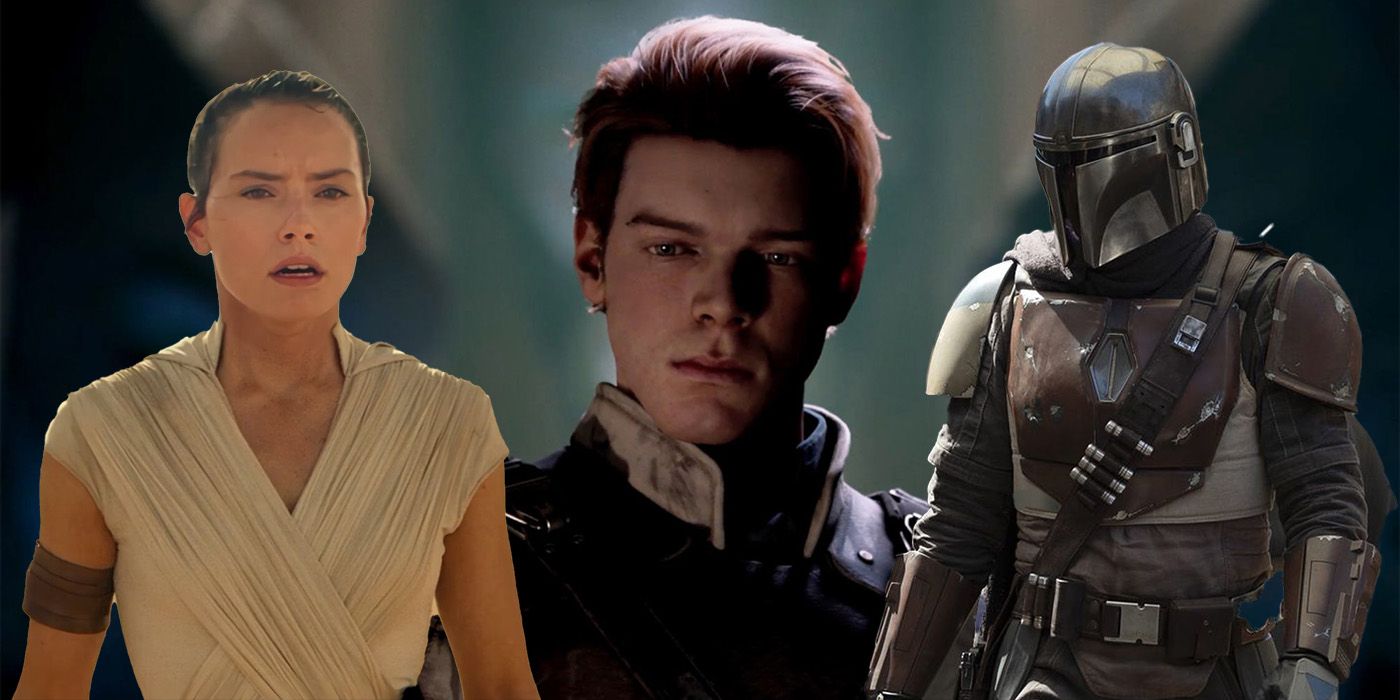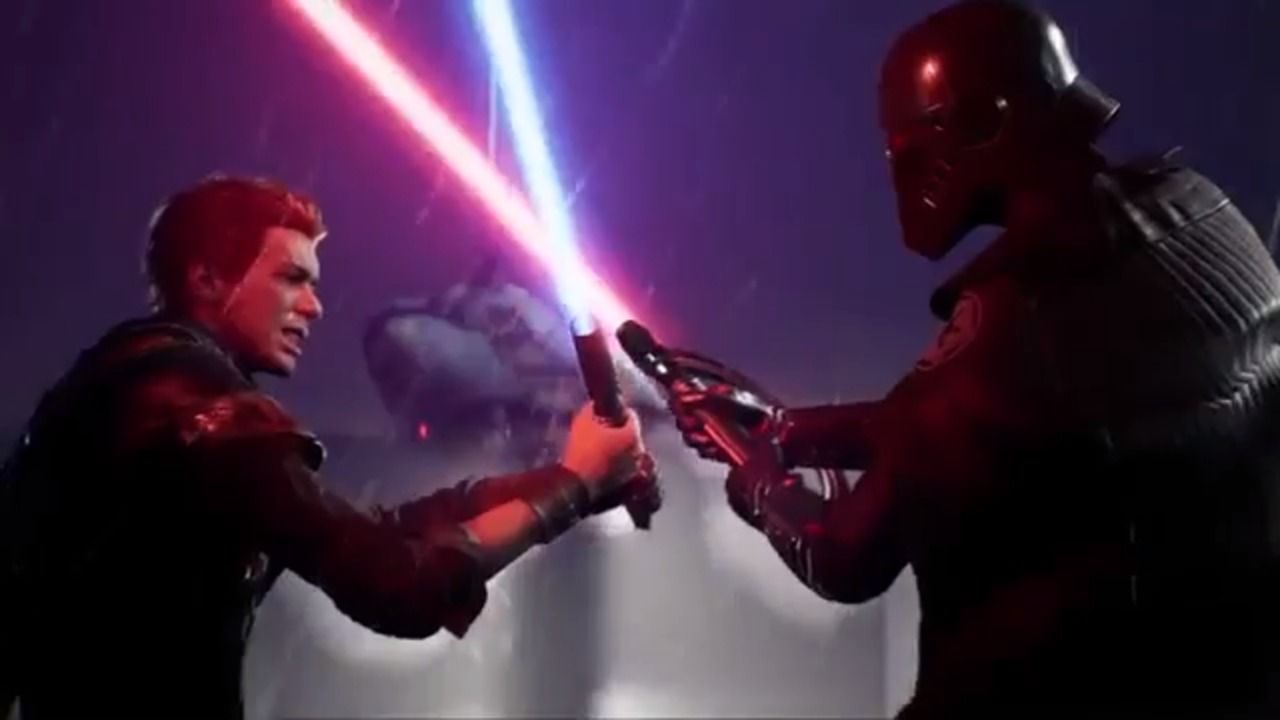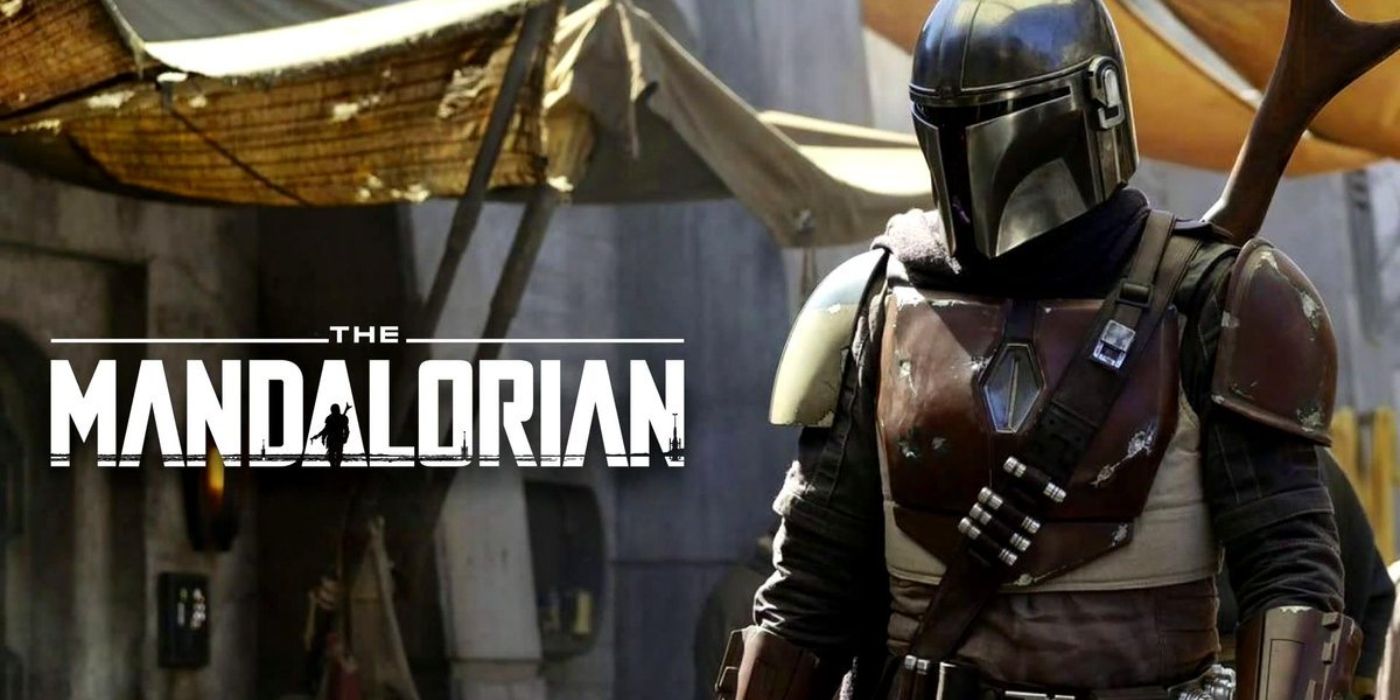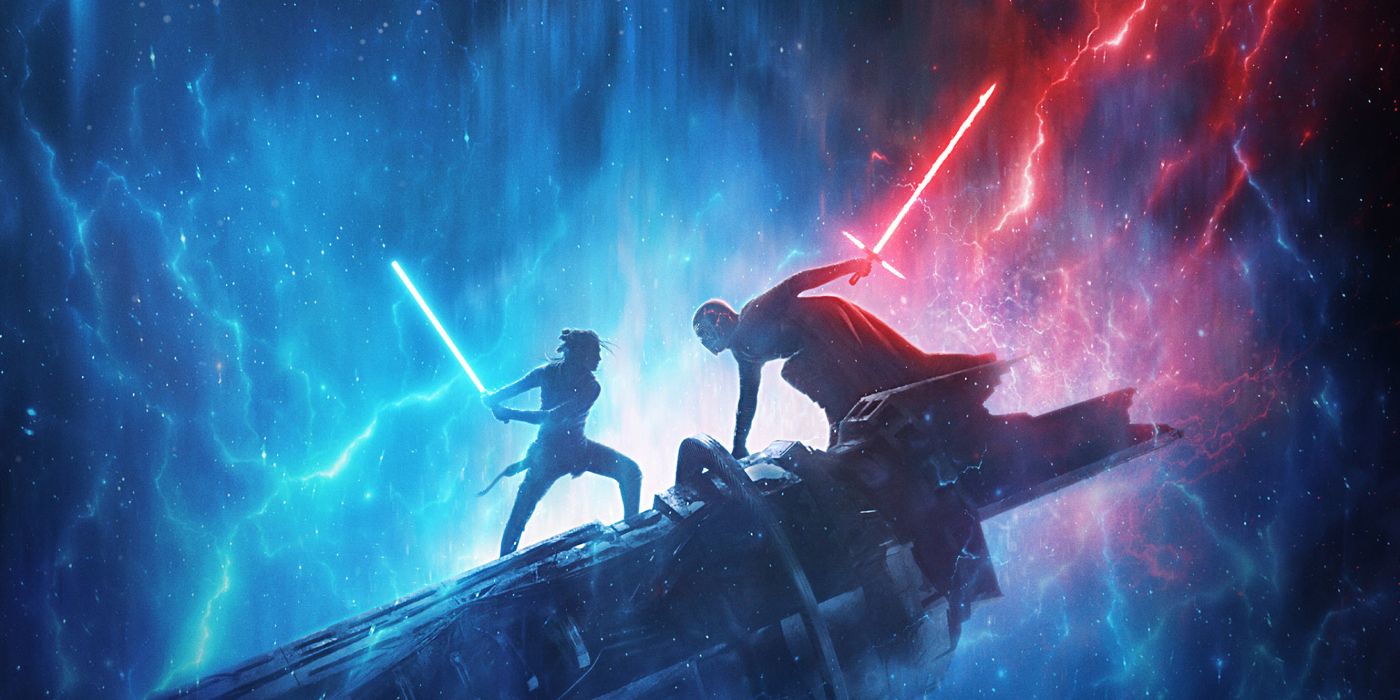Star Wars saw a number of releases in 2019, ranging from comics and the opening of Galaxy's Edge to the animated show, Resistance, and a few multimedia entries. Arguably, the biggest to release this year were, of course, Star Wars Episode 9: The Rise of Skywalker, The Mandalorian, and Star Wars Jedi: Fallen Order. Of the three, the latter delivered the best Star Wars story of the year. That's not to say the Mandalorian and Rise of Skywalker aren't worthwhile entries on their own, but that when it comes to delivering a classic Star Wars story, JFO captures and delivers upon the best elements. NOTE: This Article may contain SLIGHT SPOILERS for the aforementioned Star Wars properties, but MAJOR SPOILERS will be avoided.
Defining what makes a Star Wars story isn't an easy task, but there are a few common threads. First and foremost, the presence of the Force and its role on the narrative has always been key. There has also always been a crew, as Star Wars has never been the story of an individual but a group acting together at the behest of the galaxy, and it has always been a story of conflict, of galactic war, and of redemption. In this regard, Star Wars Jedi: Fallen Order outranks The Mandalorian and The Rise of Skywalker.
Although the Force is present in all three, it's at the core of Jedi: Fallen Order's narrative. Cal, in many ways, suffers from PTSD as a result of the Jedi Purge and has such lost his way with the Force. Key moments throughout the game show how Cal reconnects with the Force, chooses to follow the path of the Jedi, and regain what he lost during the Purge. This reliance on the Force, even outside how it worked wonderfully as an in-game mechanic, was a simple, yet straightforward depiction of what connects the Galaxy.
In The Mandalorian, the Force is really only even present in Baby Yoda. He uses it a number of times to dramatic effect throughout the show, yet the others don't really understand it, as the Jedi and the Force have moved into myth and legend. It could be argued that it is the Force that brings them all together, but it still doesn't serve as a central part of the story. On the other hand, the Force is front and center in Rise of Skywalker, as generations of Jedi in Rey face off with generations of Sith in Palpatine. Yet, at times, it feels widespread and inconsistent, and Rise of Skywalker focuses more on the various relationships found throughout than it does the Force.
The crew of the Mantis, the ship found in Star Wars Jedi: Fallen Order, captures the spirit of older crews. In the original trilogy, it was Luke, Leia, Han Solo, and Chewie against the Empire. In the prequel trilogy, it was Anakin, Obi-Wan, R2-D2, Padme, and a few others who united, but fell apart as a result of Palpatine. In a similar vein, the crew of the Mantis—Cal Kestis, BD-1, Cere, Greez, and Merrin—united to face off against the Inquisitors and protect future generations of Jedi, a worthy, classic goal for a Star Wars story.
This unified crew archetype doesn't really appear in either The Mandalorian or Rise of Skywalker. Mando and Baby Yoda are the closest connection in the show, with various other characters at times serving as a crew. Yet, it's not consistent, there's no definitive crew, and Mando goes his separate way when required. In Rise of Skywalker, the sequel trilogy crew can be described in a number of confusing ways, with perhaps the core members being Rey, Finn, and Poe, yet prior to the Rise of Skywalker, they were often fragmented. They unite in TRoS to great fanfare, but not great narrative or emotional effect. Toss in how Rose was arguably a member of the crew, yet received less time in TRoS than TLJ, and it becomes more confusing than anything.
Finally, there are the common elements of conflict, galactic war, and redemption to consider. Star Wars: Jedi Fallen Order delivered on all of these elements, as conflicts between the Jedi and the Inquisitors, the Jedi and the Nightsisters, and the Light and Dark sides of the Force are all prominent. There's the overarching threat of the Empire through the Inquisitors, and Cal and Cere both have redemption arcs in ways—Cal overcoming his past and becoming a Jedi Knight, and Cere regaining mastery of herself after prior events.
In regards to this, The Mandalorian and Rise of Skywalker do capture this well. The Mandalorian shows the conflicts of the seedy underworld of Bounty Hunters, Mandalorians, and remnants of the Empire, the overarching galactic conflict between the New Republic and said remnants, and a redemption arc for Greef Karga, at the very least. Rise of Skywalker shows the conflict within Rey, the galactic war between the First Order and the galaxy at large, and Ben Solo's very own redemption arc.
At the end of the day, each of these are worthwhile entries in the greater Star Wars Universe of themselves, but for those who want the classic tale of the Force, the Crew, and the Galaxy at large, it doesn't get much better than Star Wars Jedi: Fallen Order. Disney Plus will continue with season 2 of the Mandalorian, and fans of the franchise can likely expect more Star Wars stories there. The movie future of Star Wars is currently in flux and uncharted, but video games may continue to play a big role for the franchise, especially if Respawn Entertainment moves forward with a JFO sequel. As such, perhaps for the very first time, it's better to play Star Wars than see it.
Star Wars Jedi: Fallen Order is out now for PC, PS4, and Xbox One.




